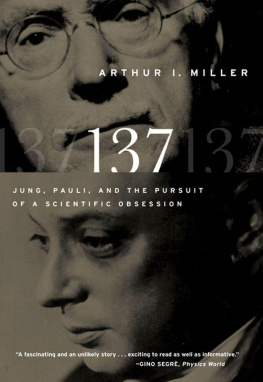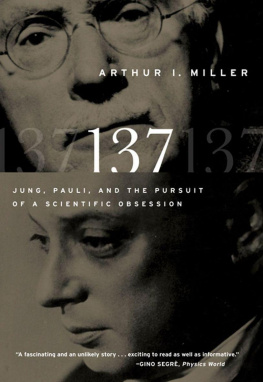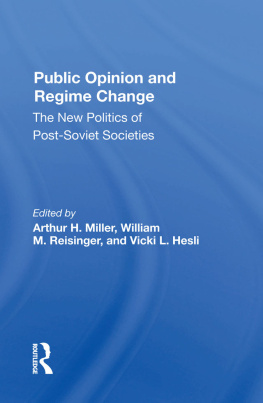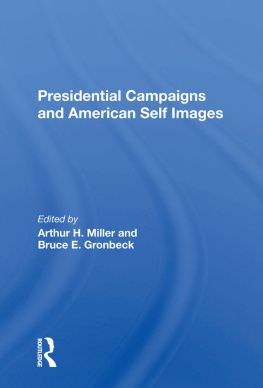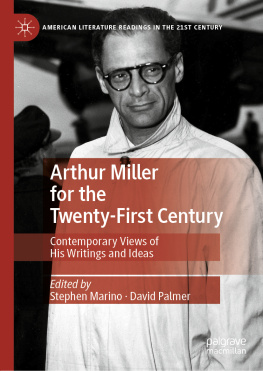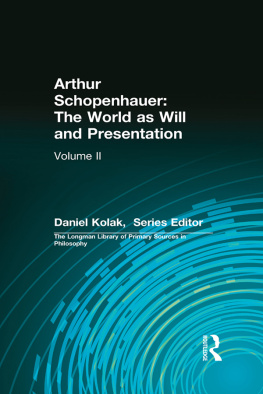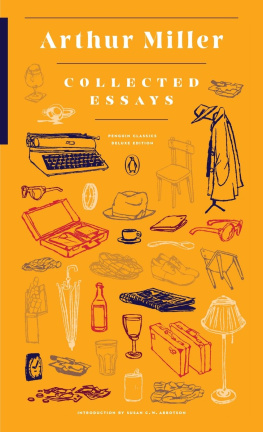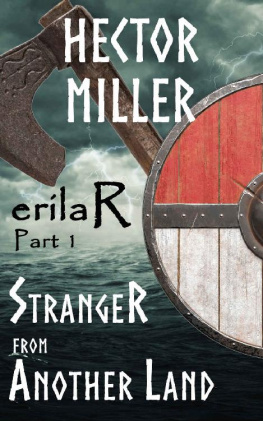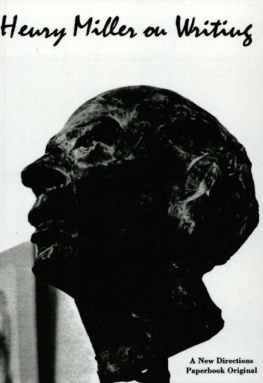Arthur I. Miller - junpauli1
Here you can read online Arthur I. Miller - junpauli1 full text of the book (entire story) in english for free. Download pdf and epub, get meaning, cover and reviews about this ebook. publisher: W. W. Norton & Company, genre: Detective and thriller. Description of the work, (preface) as well as reviews are available. Best literature library LitArk.com created for fans of good reading and offers a wide selection of genres:
Romance novel
Science fiction
Adventure
Detective
Science
History
Home and family
Prose
Art
Politics
Computer
Non-fiction
Religion
Business
Children
Humor
Choose a favorite category and find really read worthwhile books. Enjoy immersion in the world of imagination, feel the emotions of the characters or learn something new for yourself, make an fascinating discovery.
- Book:junpauli1
- Author:
- Publisher:W. W. Norton & Company
- Genre:
- Rating:5 / 5
- Favourites:Add to favourites
- Your mark:
- 100
- 1
- 2
- 3
- 4
- 5
junpauli1: summary, description and annotation
We offer to read an annotation, description, summary or preface (depends on what the author of the book "junpauli1" wrote himself). If you haven't found the necessary information about the book — write in the comments, we will try to find it.
junpauli1 — read online for free the complete book (whole text) full work
Below is the text of the book, divided by pages. System saving the place of the last page read, allows you to conveniently read the book "junpauli1" online for free, without having to search again every time where you left off. Put a bookmark, and you can go to the page where you finished reading at any time.
Font size:
Interval:
Bookmark:
A fascinating and unlikely story, one that Miller follows exceedingly well through its twists and turns. His style is both brisk and accessible, making the book exciting to read as well as informative.
Gino Segr, Physics World
Engrossing. Readers who persevere may find this intense mixture of science and psychoanalysis to their liking.
Kirkus Reviews
[A] rewarding account of the intersection of two great minds.
Publishers Weekly
Captivating, succinct and accessible.
Marianne Freiberger, Plus
Arthur I. Miller, the distinguished historian of physics, has cleverly hit on the idea of using the relationship between the two men to give an interdisciplinary perspective on Paulis life. The book serves as the first popular biography of this outstanding scientist and is long overdue.
Graham Farmelo, Times Higher Education Supplement
Copyright 2009 by Arthur I. Miller
Previously published in hardcover under the title Deciphering the Cosmic Number: The Strange Friendship of Wolfgang Pauli and Carl Jung
All rights reserved
For information about permission to reproduce selections from this book, write to Permissions, W. W. Norton & Company, Inc., 500 Fifth Avenue, New York, NY 10110
Library of Congress Cataloging-in-Publication Data
Miller, Arthur I.
[Deciphering the cosmic number]137: Jung, Pauli, and the pursuit of a scientific obsession / Arthur I. Miller.Norton pbk. [ed.].p. cm.Includes bibliographical references.ISBN: 978-0-393-33864-51. Pauli, Wolfgang, 19001958. 2. Jung, C. G. (Carl Gustav), 18751961. 3. Numerology. 4. Symbolism of numbers. 5. PhysicsPhilosophy. I. Title. II. Title: One thirty-seven. III. Title: One three seven.QC16.P37M55 2010
133.3'35dc22
W. W. Norton & Company, Inc.
500 Fifth Avenue, New York, N.Y. 10110
www.wwnorton.com
W. W. Norton & Company Ltd.
Castle House, 75/76 Wells Street, London W1T 3QT
L OOKING into the story of Carl Jung and Wolfgang Pauli has taken me on a journey into ways of exploring the cosmos that transcend psychology and physics and transported me to areas to which I had never before given serious thought. A supposedly rational physicist and historian, I found myself investigating alchemy, mysticism, and the Kabbalah.
I owe an enormous debt to my friend and colleague Karl von Meyenn who opened many doors to me in my study of Paulis life. For over thirty years Karl has worked on editing Paulis vast correspondence, now published in eight splendid volumes. He was extremely generous in sharing unpublished insights and documents for which I am hugely appreciative.
Early in my research I had the good fortune to meet Carl Jungs grandson, Andreas Jung. He graciously received me at 228 Seestrasse, Ksnacht, near Zrich, once his grandfathers house. He gave me a guided tour, showing me Jungs small study and large library crammed with esoteric books as well as the dining room, which Jung considered the center of the house. It was in these rooms that Pauli sat as Jungs patient and then as esteemed colleague and co-worker.
Information collected in archives is indispensable for historical work. I am grateful to Anita Hollier, the archivist at CERN who oversees La Salle Pauli where Paulis physics papers and personal books are stored. She patiently guided me through it as well as the magnificent CERN Document Server and Pauli Photo Archive.
Thanks to Gabriele Veneziano, chair of the Pauli Committee at CERN, for his kind assistance in my research and for many good conversations on the nature of things. I would also like to take this occasion to express my gratitude to the Pauli Committee for their kind considerations of my requests for access to archival materials.
Important archival material relating to Jung and Pauli is housed at the ETH-Bibliothek Archive. Michael Gasser, head of Archives and Private Collections, Rudolf Mumenthaler, and Yvonne Voegeli facilitated my access to this collection. A special thank-you for their splendid hospitality.
I found enlightening information on Paulis sister, Hertha, at the Manuscripts Division at the New York Public Library, which I thank for their assistance. Thanks to Susanne Blumesberger, Ursula Gabel, Christian Gastberger, and Charles Enz, Paulis last assistant, for informative conversations on Hertha.
Interviews with Igal Talmi, at the Weizmann Institute, Tel Aviv, and T. D. Lee at Columbia University, New York City, broadened my knowledge of Pauli the man.
Ullrich Mller-Herold and Norbert Straumann took me on several enjoyable strolls around Zrich and filled me in on the scientific milieu there during the last years of Paulis life.
Helmut Rechenberg told me a great deal about Paulis time in Munich as a student and his relationship with Heisenberg.
Sonu Shamdasani generously made available to me some of Jungs unpublished lectures and informed me about recent developments in Jung scholarship. Another Jung scholar, Angela Graf-Nold, helped me navigate Jung material at the ETH-Bibliothek and provided me with new Jung sources and information about his professional life in Zrich. My thanks to both.
At the May 2007 symposium on Jung and Pauli, in scenic Ascona in Switzerland, I was fortunate enough to meet a number of Jungians who have been extremely helpful as well as becoming friends. Special thanks to Reinhard Nesper, Harald Atmanspacher, and Suzanne Gieser. Suzannes scholarship has been enormously helpful to me.
I appreciate informative exchanges with Finn Aaserud and Herbert van Erkelens.
In Jerusalem Josef Dan, one of the worlds foremost experts on the Kabbalah, gave me valuable insights into the subject.
Thanks to Hans-Joachim Braun and Karin Reich for wonderful historical tours of the University of Hamburg, where Pauli held his first professorship.
John Barrow, Jan Munch Pederson, and Simon Singh kindly replied to questions about strange numbers.
Thanks to Chiara Ambrosio for her assistance in gathering source materials and for chats about creativity.
Conversations with Jeremy Bernstein, Freeman J. Dyson, and T. D. Lee were valuable for my investigation of events surrounding Paulis 1958 lecture at Columbia University, for which I am grateful.
For perceptive comments on the manuscript, I thank Mike Brady, Karl von Meyenn, and Sonu Shamdasani. I am especially grateful to Gary Steigman for his insightful and detailed critiques, which were immensely helpful.
As always, my agent and good friend Peter Tallack of The Science Factory has been a pillar of support and enthusiasm, providing sagacious advice and comments on successive drafts.
I am hugely grateful to my editor at W. W. Norton, Angela von der Lippe, for her encouragement and for her many valuable criticisms. I could not have written this book without her help. Thanks too to Erica Stern for easing me through production hurdles.
Unless indicated otherwise, all translations are mine.
My primary interest has always been in studying the creative process. The interaction between Jung and Pauli is a powerful example. To unravel the equations of the soul, they embarked on a path that led them deep into the psychology of the unconscious, which Jung called the darkest hunting ground of our times. To tell their story I have spun a scenario based on available information. In this way I hoped to look into their minds and understand better who these men really were.
Font size:
Interval:
Bookmark:
Similar books «junpauli1»
Look at similar books to junpauli1. We have selected literature similar in name and meaning in the hope of providing readers with more options to find new, interesting, not yet read works.
Discussion, reviews of the book junpauli1 and just readers' own opinions. Leave your comments, write what you think about the work, its meaning or the main characters. Specify what exactly you liked and what you didn't like, and why you think so.

